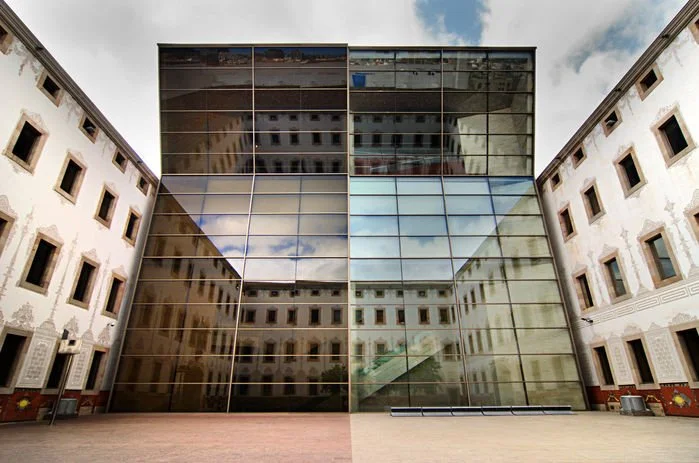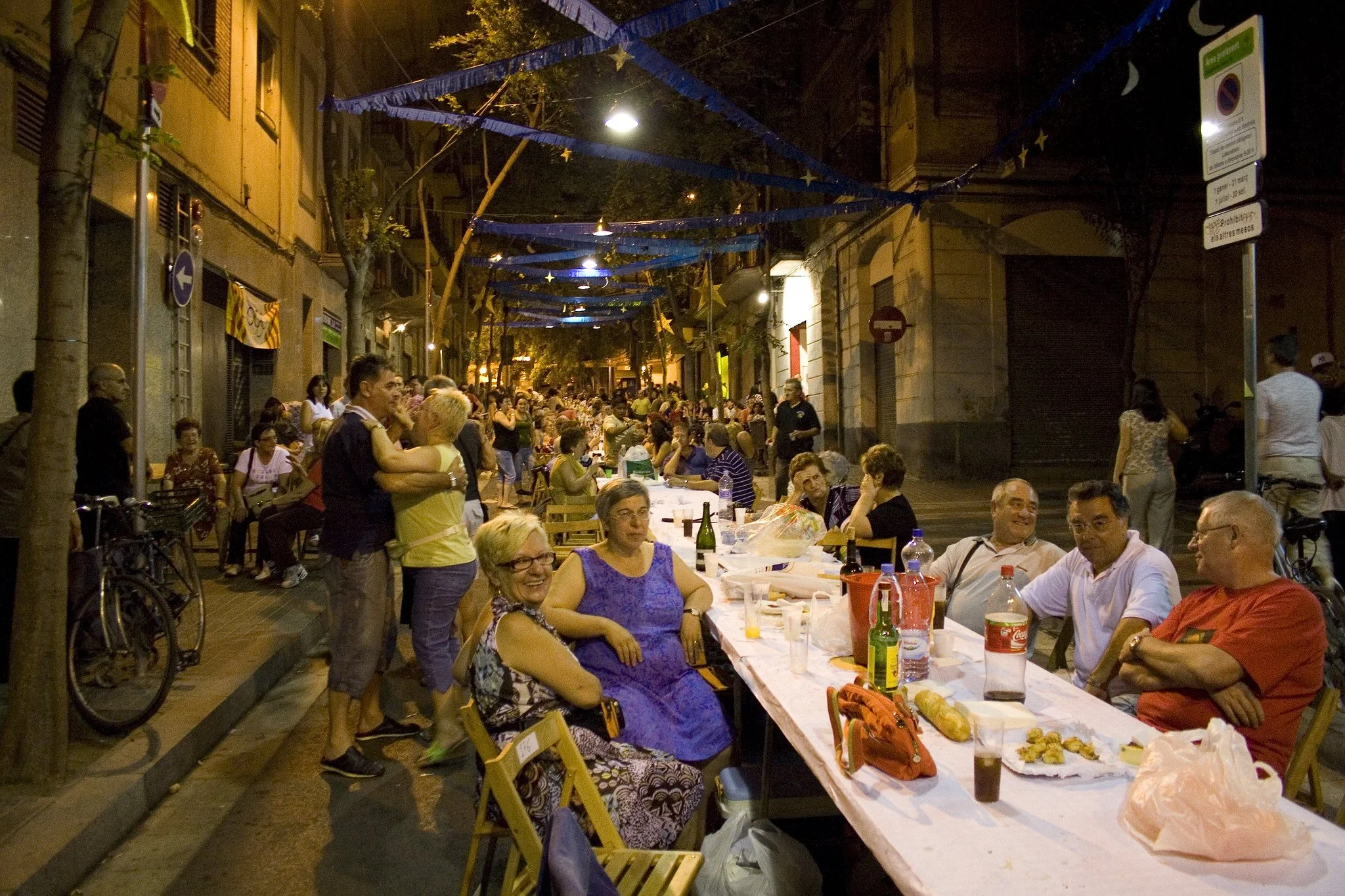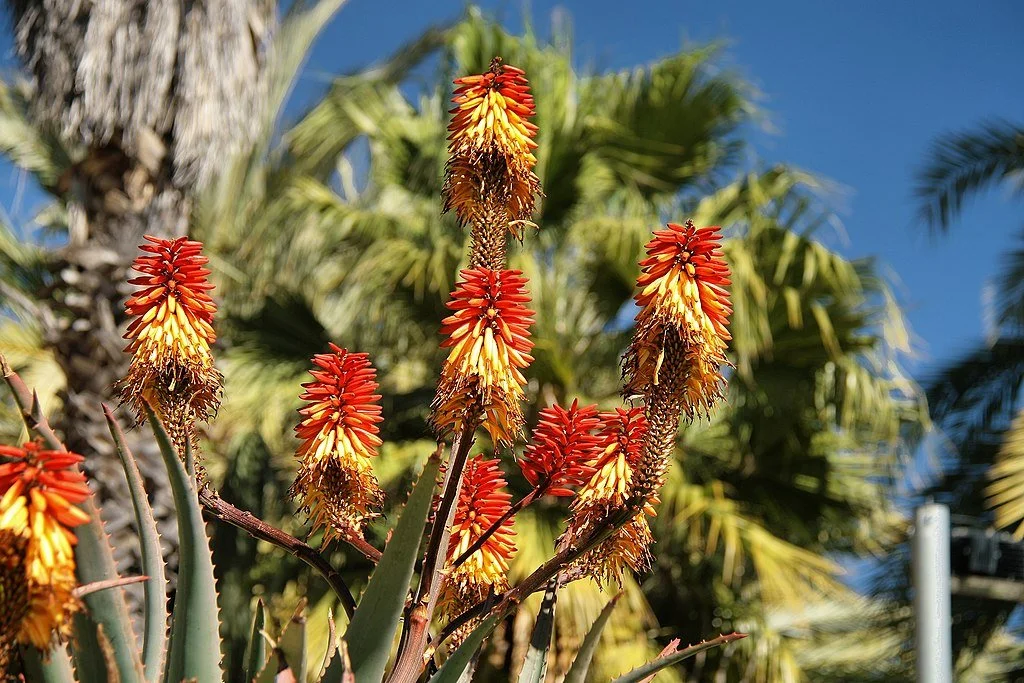Take a tour of the off-the-beaten path attractions in El Raval, the Gothic Quarter, Poble-sec, Gràcia and Montjuïc.
Barcelona, the cosmopolitan capital of Spain’s Catalonia region, is renowned for its vibrant culture, art and architecture. But beyond the fantastical and incomplete basilica of La Sagrada Familia and historic Modernisme landmarks designed by Catalan architect Antoni Gaudí, like Parc Güell, lie an abundance of less-familiar spots waiting to be discovered.
Barcelona’s Hidden Treasures
While Barcelona’s main attractions are undoubtedly worth visiting, the city’s true identity lies in its non-touristy spots. From ancient Roman ruins to quaint local markets, a hidden gems private tour offers a glimpse into the authentic Barcelona that locals cherish.
Like in many of the best cities, Barcelona’s charm lies in its neighborhoods. Here are some of the best ones — and the lesser-known locales nestled within them.
El Raval: The Bohemian Quarter
Sandwiched between the streets of Paralelo and Las Ramblas, El Raval is one of the most densely populated and multicultural areas of the city. Once known for its rough edges, the neighborhood has since transformed into a cultural hotspot teeming with art galleries, trendy bars and eclectic boutiques. It’s a place where old meets new, offering a rich tapestry of experiences for those willing to explore.
CCCB (Centre de Cultura Contemporània de Barcelona)
One of the sites worth visiting in El Raval is the CCCB, a complex dedicated to exploring contemporary culture through exhibitions, debates and festivals. Housed in a former almshouse, the building is a blend of historic and modern architecture. It’s an excellent starting point for those interested in the city’s vibrant cultural scene.
Calle Montalegre, 5
Ciutat Vella, 08001
The Gothic Quarter: A Journey Through Time
While not exactly under the radar, the winding alleys of the Barri Gòtic (Gothic Quarter) hold plenty of surprises. Begin your exploration at the landmark La Seu, also known as the Barcelona Cathedral. Wander through the narrow, pedestrian-friendly streets where layers of history, architecture and secluded squares dating back to the 15th century await discovery.
Keep an eye out for a set of streetlights commissioned by the city council and designed in 1878 by Gaudí, one of only two works he created for the administration shortly after graduating as an architect from la Escola Tècnica Superior d’Arquitectura de Barcelona.
Plaça dels Traginers
Stop in the early afternoon for a glass of vermouth in this plaza, where locals like to leisurely meet next to the ruins of an ancient Roman fortress.
Plaça del Reí
Kings Square is a tranquil square surrounded by Gothic buildings, including the Palau Reial Major, the medieval residence of Catalan counts and kings. The square’s understated elegance makes it a perfect spot to soak in the history and ambiance of old Barcelona. It’s thought that King Ferdinand and Queen Isabella greeted Christopher Columbus from the steps fanning out from the corner of the square after he arrived home from his first voyage to the so-called New World.
Hash, Marihuana & Hemp Museum
Located in the former Palau Mornau, this niche museum covers the history of pot and hemp. Its permanent collection features around 8,000 objects related to cannabis cultivation and use throughout history, including medicine bottles, apothecary kits, paintings, pipes and film posters. Exhibits cover the recreational and medicinal uses, industrial applications, legislative history and horticultural aspects of cannabis cultivation.
Carrer Ample, 35
Ciutat Vella, 08002
Poble-sec: A Taste of Local Life
Abutting Montjuïc hill is Poble-sec, which translates to “Dry Village” in Catalan because it lacked water until the late 19th century. This hood, with its signature sloping streets, combines a modern, lively vibe with Old World charm. It’s a great place to experience the everyday life of Barcelonians.
Carrer de Blai
If you’re looking for Barcelona highlights, head to Carrer de Blai, a street famous for its many budget-friendly pintxos bars. Pronounced “peen-choz,” the name comes from the Spanish verb pinchar, meaning to poke or stab. Sampling these small, skewered bite-sized snacks by hopping from bar to bar is a popular local tradition, usually enjoyed while waiting for dinner, which typically doesn’t begin until around 9 p.m. at the earliest.
Telefèric de Montjuïc Cable Car
For breathtaking views of the city, take the Montjuïc cable car. The journey offers panoramic vistas of Barcelona, the Mediterranean Sea and the surrounding hills. At the top, you’ll find Castell de Montjuïc (Montjuïc Castle), a historic fortress with an intriguing past.
Gràcia: The Village Within the City
Gràcia was once a separate village before being annexed by Barcelona in the late 19th century. Despite its integration into the city, Gràcia has retained its distinct, bohemian character. Its bustling plazas and narrow streets are full of life, especially during the Festa Major de Gràcia, a vibrant local festival held every August.
Plaça del Sol
This lively square is the beating heart of Gràcia. Locals gather here to relax, socialize and enjoy a caña (a small glass of beer). Surrounding the square are numerous bars and cafés, making it an ideal spot to experience the neighborhood’s convivial spirit.
Plaça del Sol, 23
Gràcia, 08012
Parks and Recreation
In a bustling metropolis like Barcelona, finding tranquil green spaces can be a delightful surprise. The city has several parks and gardens that offer a peaceful retreat from the urban hustle, many of which remain relatively undiscovered by tourists.
Jardins de Mossèn Costa i Llobera
Perched on the port-facing slopes of Montjuïc mountain, the Jardins de Mossèn Costa i Llobera offer a spectacular view of the city’s coastline and port. With over 800 desert and subtropical species of succulents and cacti, the garden makes for a striking backdrop and is the perfect spot for reflection and relaxation.
Carretera de Miramar, 38
Sants-Montjuïc 08038
Parc del Laberint d’Horta
Parc del Laberint d’Horta, Barcelona’s oldest historical garden, is a delightful surprise in the city’s Horta-Guinardó district. Situated on the former estate of the Desvalls family, it features an 18th century Neoclassical garden, a 19th century Romantic garden, pavilions with statues from Greek mythology and a cypress hedge maze, which explains the “Laberint” (Labyrinth) in its name.
Passeig dels Castanyers, 1
Horta-Guinardó 08035
Sant Miquel del Fai
If you’re planning to spend several days in Barcelona and are looking to explore something farther afield, Sant Miquel del Fai is about 45 minutes away. Built into the face of the Bertí cliffs, this ancient monastery offers stunning views of the Catalan countryside. Visitors can explore the main church, the chapel of Sant Martí and various other structures within the complex, including the Cova de Sant Miquel caves, which feature impressive stalactites and stalagmites.
BV-1485
Kilómetro 7
08416 Riells del fai
Barcelona
Gaudí’s Great, But…
Whether you’re wandering through the bohemian streets of El Raval or savoring the culinary delights of a hidden tapas bar, these lesser-known Barcelona highlights reveal a side of the city often overshadowed by its more famous landmarks. Your Spanish adventure awaits! –Natalie Howard






































